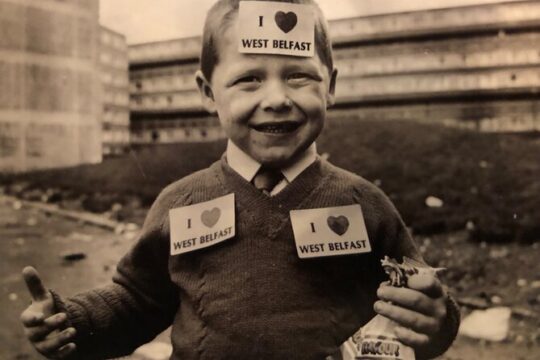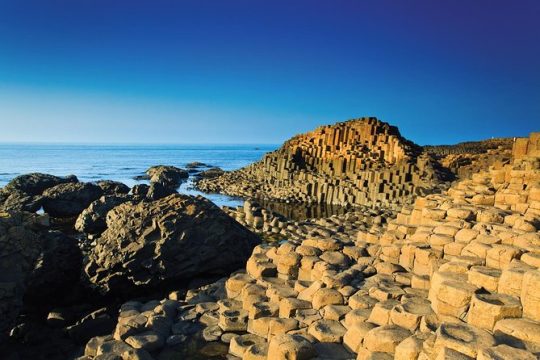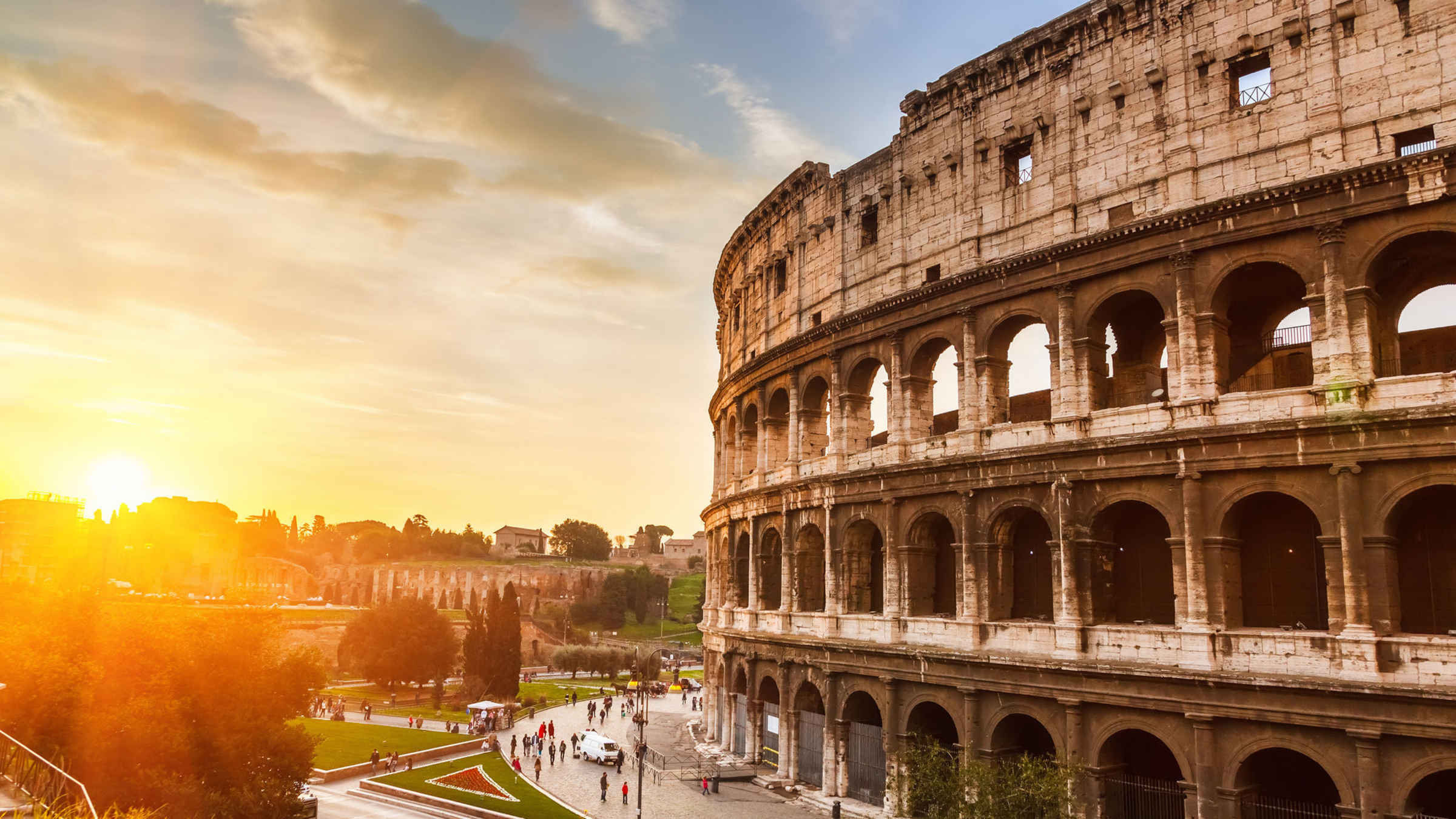Derry Londonderry Private Full Day Tour From Belfast
Overview
A Completely Unique Private Tour with a Professional Tour Guide including Private Transportation.This Tour is completely Unique in that it is not offered by ANY other company ANYWHERE in Northern Ireland.It is an amazing day out in beautiful ancient County Derry/Londonderry!This tour would suit previous visitors to Northern Ireland who have did all the other sights!
You will learn about the Battle of the Bogside,Operation Motorman and Bloody Sunday.Your guide will take you through the area in which those tragic events took place, show you where thirteen civil rights marchers where shot dead by the paratroopers of the British Army, your guide who is also a local historian as well as a political activist will also take you on your own private tour of the ancient city walls where you will learn about the siege and plantation as well as the politically charged murals and street art depicting various events related to the city and beyond as well as the historic canons dotted through city.
What's Included
- Private transportation
- Do a Private Bloody Sunday Walking Tour
- Your Very Own Private Minivan So You Can Stop When You Need To
- Benefit from the personalized service and itinerary of a private tour
- Air-conditioned vehicle
- Optimize your time with hassle-free round-trip transfer from your hotel
- Derry Girls Murals
- See Derry in 1 DAY!
- Let your driver handle navigation, leaving you free to admire the city
- Absolutely Unique Private Tour
- Learn more about the city’s former conflict from your guide
- Includes a Private Guided Tour of Derry City's Ancient Walls
- Gain intimate insight into Derry’s history and culture from your guide
- Fully Qualified Professional Local Guide
- Lunch
- Upgrade to Top of The Range Luxury Mercedes Benz V-Class for £30(Where Available)
- Tower museum Derry Adult £4
- Add extra time to your tour from £80 per hour
- Pickup and drop back off from Cruise Ship Extra £25 each way paid directly to your Tour Guide Cash
- Tip for your Guide
Meeting and Pickup
We will pickup from all Hotels or Airbnbs accommodation in Belfast City Centre.For Larger Groups 8+ Please Call,Text or WhatsApp +447711127772
What To Expect
Free Derry Corner
30 minutes • Admission Ticket Included
The Bogside Artists
15 minutes • Admission Ticket Included
Republican Murals: Bloody Sunday
15 minutes • Admission Ticket Included
Bloody Sunday Memorial
20 minutes • Admission Ticket Included
The Derry Walls
30 minutes • Admission Ticket Included
Guildhall
30 minutes • Admission Ticket Included
Peace Bridge
30 minutes • Admission Ticket Included
Peace Flame
10 minutes • Admission Ticket Included
Tower Museum
30 minutes • Admission Ticket Free
Museum of Free Derry
30 minutes • Admission Ticket Free
St. Columb's Cathedral
30 minutes • Admission Ticket Included
Derry Girls Mural
20 minutes • Admission Ticket Included
Grianan Of Aileach
30 minutes • Admission Ticket Included
Additional Info
- Confirmation is instant and will be received at time of booking
- Wheelchair accessible
- Transportation options are wheelchair accessible
- All areas and surfaces are wheelchair accessible
- Suitable for all physical fitness levels
- Infants and small children can ride in a pram or stroller
- Infants are required to sit on an adult’s lap
Frequently Asked Questions
(6)Q: What is the cancellation policy for the Derry Londonderry Private Full Day Tour From Belfast?
Cancellation Policy
Still have questions?
We're here to help.
Activity code: C-102681P9
Traveler Photos





Reviews
Average 5.00 out of 5 stars based on 15 traveler reviews collected by City Boat Tours and partner sites such as Cool Destinations and TripAdvisor
Additional Info
Similar Tours & Activities

Private Tour Game of Thrones and Giants Causeway Antrim Coast
US$1,104.58

Belfast political tour Original Drivers 2 hour private adventure
US$158.18

A WeeTaste of Belfast History Tour of its Historic Pubs, Shops and Scenery
US$899.59

Black Taxi Tour of Belfast – Politics, Murals & Local Stories
US$79.33
Travelers Who Bought This Tour Also Bought

Guided Day Tour of Giant's Causeway from Belfast by Comfortable Coach
US$53.85

Giant’s Causeway Day Trip from Belfast
US$48.14

From Belfast-Giants Causeway, Dunluce Castle and Dark Hedges tour
US$69.07

Game of Thrones - Iron Islands & Giant's Causeway from Belfast
US$67.40









